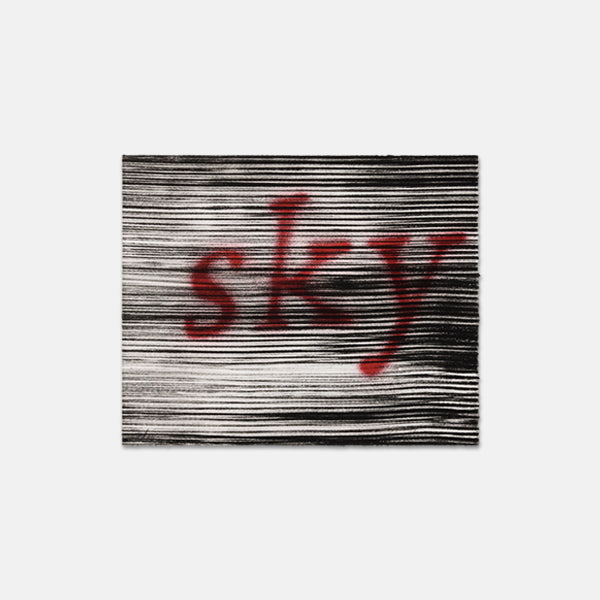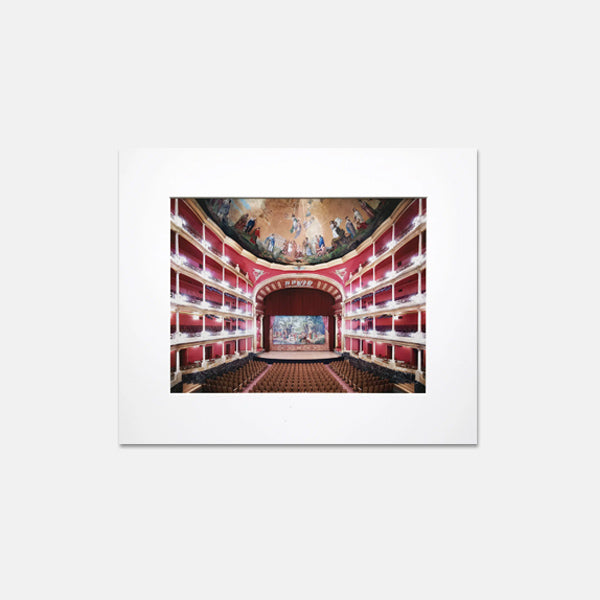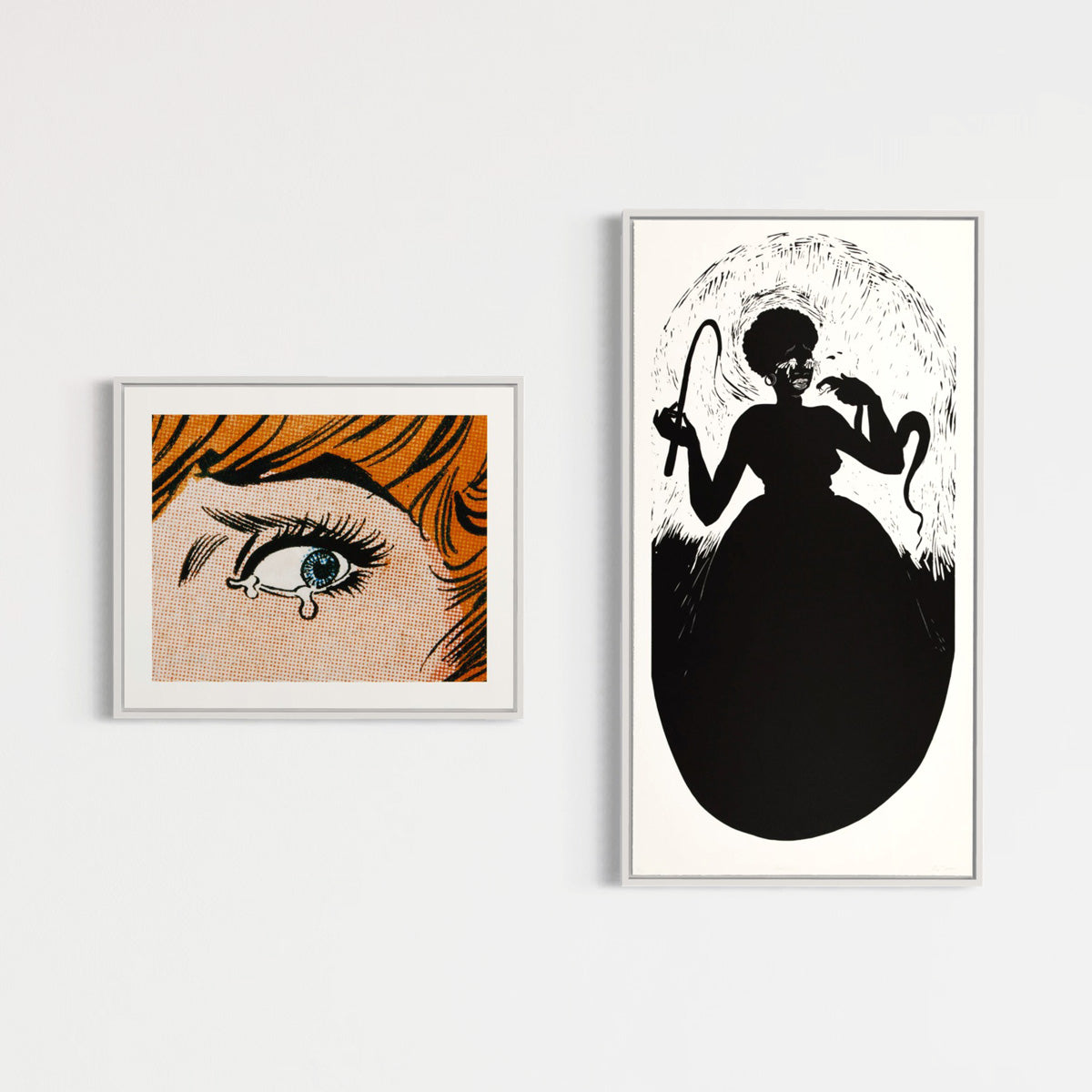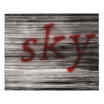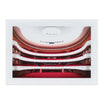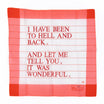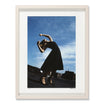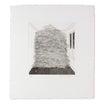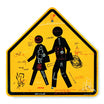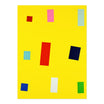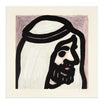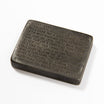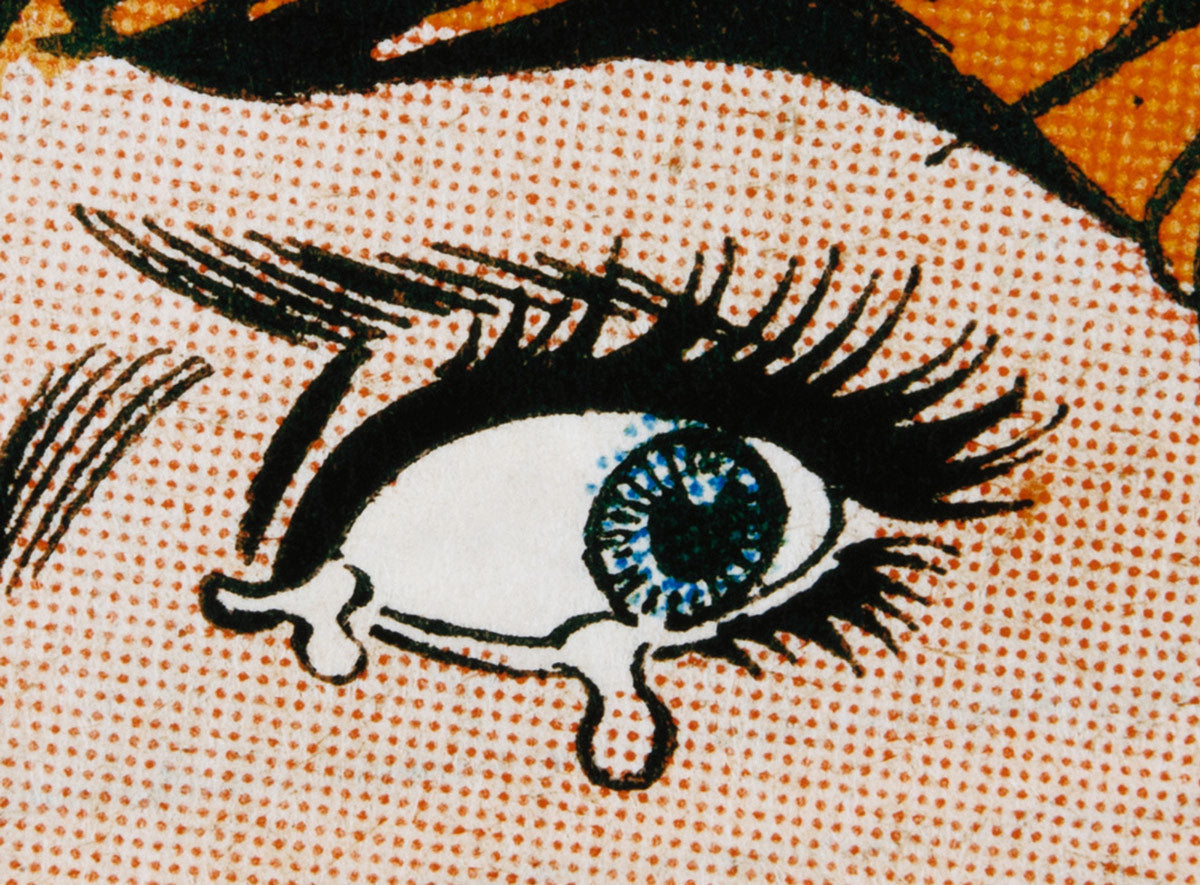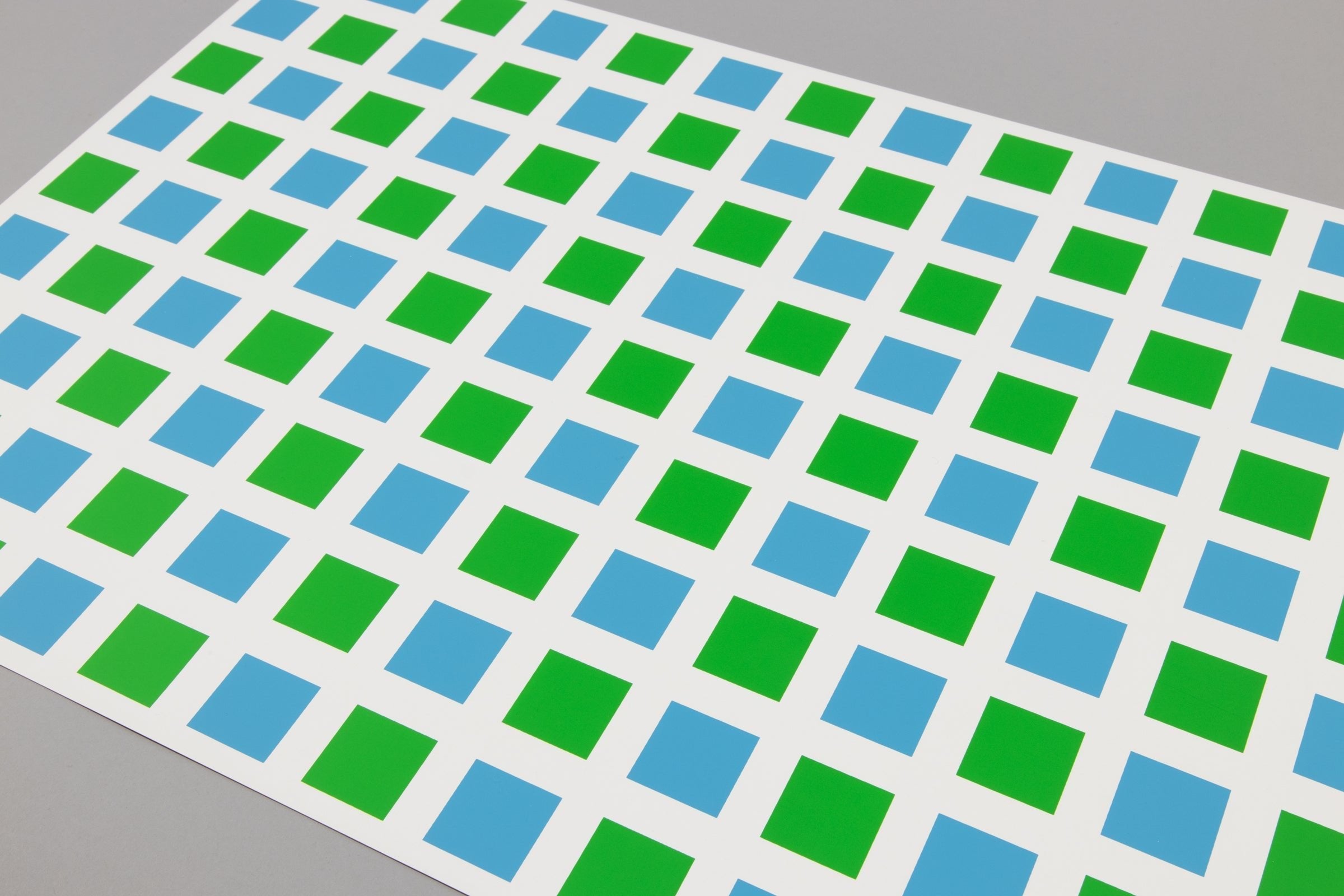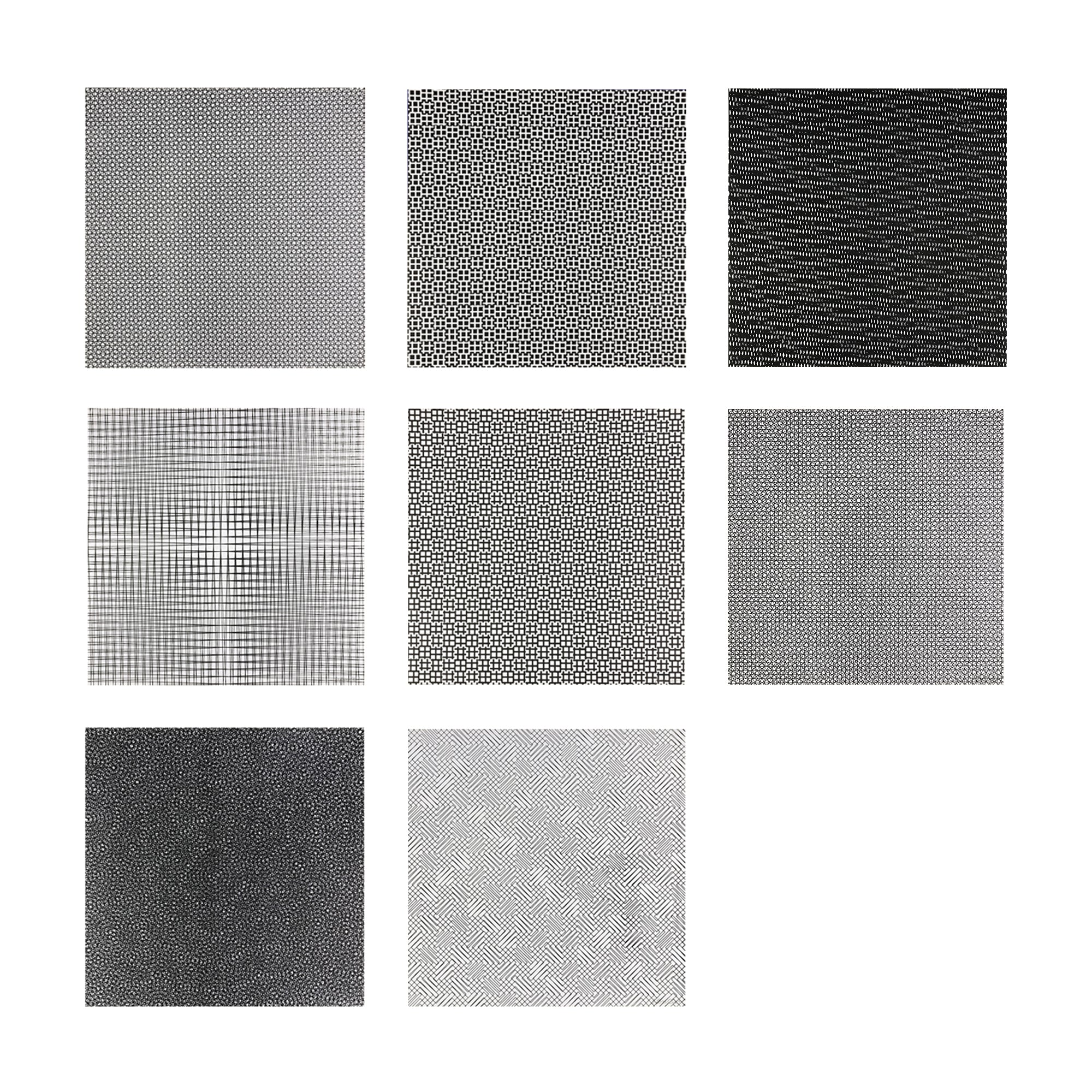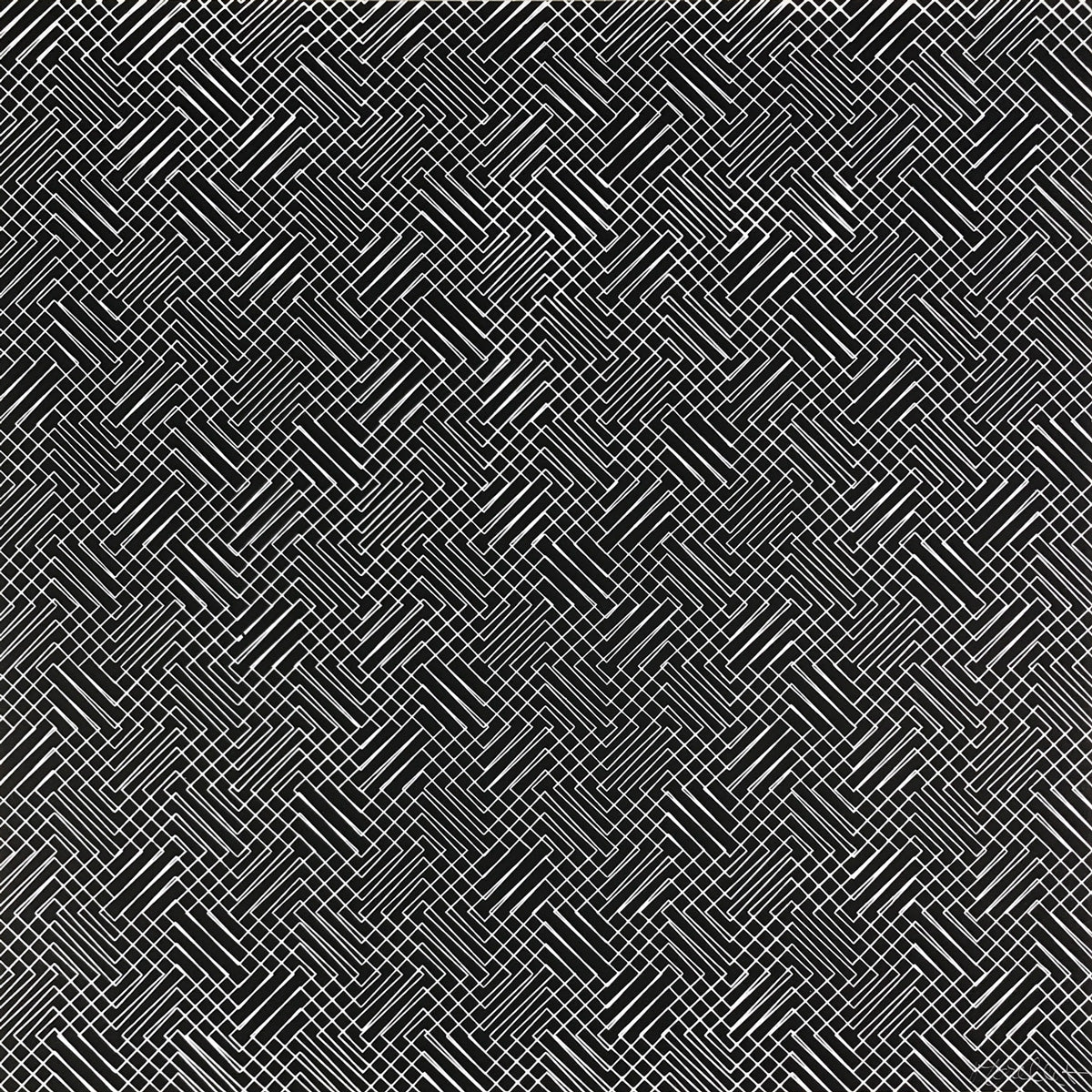François Morellet

Artworks by François Morellet
François Morellet‘s limited edition prints offer a deep dive into his exploration of geometric abstraction. Each abstract print, available for sale, embodies his commitment to Concrete Art and represents a significant chapter in the history of abstract expression.
2 products

François Morellet (1926–2016) was a pioneering French conceptual painter, sculptor, and light artist whose career profoundly shaped the trajectory of geometric abstraction and Concrete Art. Born in Cholet, France, where he also passed away shortly after his 90th birthday, Morellet rejected the notion of the solitary genius and instead embraced the idea of the artist as a facilitator. His approach emphasized systems, chance, and structure over personal expression, positioning him as one of the most influential European artists of the postwar era.
Early in his career, Morellet was deeply influenced by Concrete-Constructivism and Neo-Plasticism, which framed the picture field as an infinite concept rather than a finite surface. This philosophy fueled his lifelong fascination with grids, patterns, and the repetition of simple geometric elements. In 1961, he co-founded the Groupe de Recherche d’Art Visuel (GRAV) in Paris with fellow artists including Julio Le Parc and Francisco Sobrino. GRAV brought together eleven opto-kinetic artists dedicated to exploring collective experimentation and interactive forms of visual expression, marking a turning point in European avant-garde art.
Morellet’s practice was characterized by his systematic use of materials ranging from paint and tape to architectural surfaces and neon light. He began incorporating neon tubes into his work in the early 1960s, creating luminous compositions that bridged technology, minimalism, and abstraction. These works anticipated the widespread use of light as a medium in contemporary art. His exploration also extended into limited edition prints and multiples, where he translated his rigorous geometric systems into works on paper that remain highly collectible today.
Across painting, sculpture, installation, and printmaking, François Morellet consistently challenged conventional ideas of authorship and composition. His precise, often humorous investigations into order, chance, and perception secured his place as a central figure in the history of kinetic and conceptual art, and his legacy continues to influence generations of artists engaged with abstraction, light, and systems-based art.

François Morellet’s exhibition history underscores his pivotal role in postwar abstraction, kinetic art, and conceptual minimalism. He first gained recognition in France during the 1950s with solo shows in Paris, which introduced his early geometric paintings to critical acclaim. By the 1960s, his international profile grew rapidly, coinciding with the founding of the Groupe de Recherche d’Art Visuel (GRAV) in 1961, where he emerged as a leading voice in optical and participatory art.
He participated in landmark group exhibitions such as The Responsive Eye at the Museum of Modern Art in New York (1965), which introduced Op Art to a global audience, and documenta in Kassel, further affirming his position within the international avant-garde.
Major retrospectives of Morellet’s work have been staged at prestigious institutions including the Stedelijk Van Abbemuseum in Eindhoven (1971), the Nationalgalerie in Berlin (1977), and the Centre Pompidou in Paris (1986 and 2011). In 2010, he achieved the distinguished honor of becoming only the second living artist to present a solo exhibition at the Louvre Museum in Paris, where he inaugurated L’esprit d’escalier, a permanent site-specific installation. A posthumous exhibition at Dia:Beacon in New York (2017) further underscored his lasting impact on minimal and conceptual art.
Morellet’s artworks are held in major museum collections worldwide, including the Museum of Modern Art in New York, Tate Modern in London, and the Centre Pompidou in Paris. These exhibitions and institutional holdings affirm his enduring legacy as a pioneer of geometric abstraction, light art, and conceptual practice, with his neon installations, paintings, and limited edition prints continuing to inspire artists and collectors globally.
François Morellet (1926–2016) was a pioneering French conceptual painter, sculptor, and light artist whose career profoundly shaped the trajectory of geometric abstraction and Concrete Art. Born in Cholet, France, where he also passed away shortly after his 90th birthday, Morellet rejected the notion of the solitary genius and instead embraced the idea of the artist as a facilitator. His approach emphasized systems, chance, and structure over personal expression, positioning him as one of the most influential European artists of the postwar era.
Early in his career, Morellet was deeply influenced by Concrete-Constructivism and Neo-Plasticism, which framed the picture field as an infinite concept rather than a finite surface. This philosophy fueled his lifelong fascination with grids, patterns, and the repetition of simple geometric elements. In 1961, he co-founded the Groupe de Recherche d’Art Visuel (GRAV) in Paris with fellow artists including Julio Le Parc and Francisco Sobrino. GRAV brought together eleven opto-kinetic artists dedicated to exploring collective experimentation and interactive forms of visual expression, marking a turning point in European avant-garde art.
Morellet’s practice was characterized by his systematic use of materials ranging from paint and tape to architectural surfaces and neon light. He began incorporating neon tubes into his work in the early 1960s, creating luminous compositions that bridged technology, minimalism, and abstraction. These works anticipated the widespread use of light as a medium in contemporary art. His exploration also extended into limited edition prints and multiples, where he translated his rigorous geometric systems into works on paper that remain highly collectible today.
Across painting, sculpture, installation, and printmaking, François Morellet consistently challenged conventional ideas of authorship and composition. His precise, often humorous investigations into order, chance, and perception secured his place as a central figure in the history of kinetic and conceptual art, and his legacy continues to influence generations of artists engaged with abstraction, light, and systems-based art.
François Morellet’s exhibition history underscores his pivotal role in postwar abstraction, kinetic art, and conceptual minimalism. He first gained recognition in France during the 1950s with solo shows in Paris, which introduced his early geometric paintings to critical acclaim. By the 1960s, his international profile grew rapidly, coinciding with the founding of the Groupe de Recherche d’Art Visuel (GRAV) in 1961, where he emerged as a leading voice in optical and participatory art.
He participated in landmark group exhibitions such as The Responsive Eye at the Museum of Modern Art in New York (1965), which introduced Op Art to a global audience, and documenta in Kassel, further affirming his position within the international avant-garde.
Major retrospectives of Morellet’s work have been staged at prestigious institutions including the Stedelijk Van Abbemuseum in Eindhoven (1971), the Nationalgalerie in Berlin (1977), and the Centre Pompidou in Paris (1986 and 2011). In 2010, he achieved the distinguished honor of becoming only the second living artist to present a solo exhibition at the Louvre Museum in Paris, where he inaugurated L’esprit d’escalier, a permanent site-specific installation. A posthumous exhibition at Dia:Beacon in New York (2017) further underscored his lasting impact on minimal and conceptual art.
Morellet’s artworks are held in major museum collections worldwide, including the Museum of Modern Art in New York, Tate Modern in London, and the Centre Pompidou in Paris. These exhibitions and institutional holdings affirm his enduring legacy as a pioneer of geometric abstraction, light art, and conceptual practice, with his neon installations, paintings, and limited edition prints continuing to inspire artists and collectors globally.



Buy art online
Shop art editions online with transparent pricing, accurate condition reports, and fast dispatch. Designed for international collectors, we make buying limited edition prints and artworks simple, secure, and reliable.
Worldwide shipping
We ship art editions worldwide with full insurance and tracking. Handled only by trusted international carriers, each shipment is securely packaged and typically dispatched within 5 days.
Professional packaging
Every artwork is packaged to the highest professional standards. Using solid multi-layer cardboard and protective materials, we ensure your art editions arrive safely and in excellent condition.
Secure payment
Buy with confidence using secure, encrypted payments backed by advanced fraud protection. Every transaction is processed with trusted technology, ensuring a smooth and worry-free checkout for collectors worldwide.
